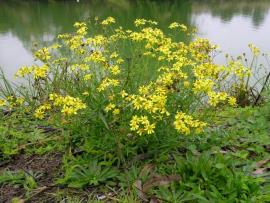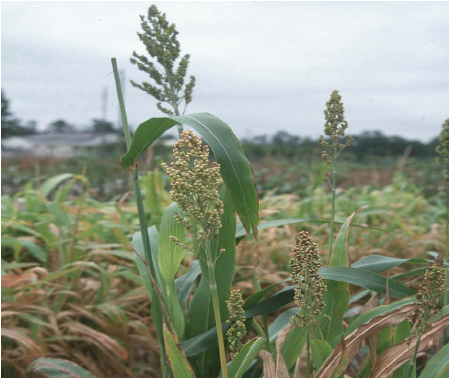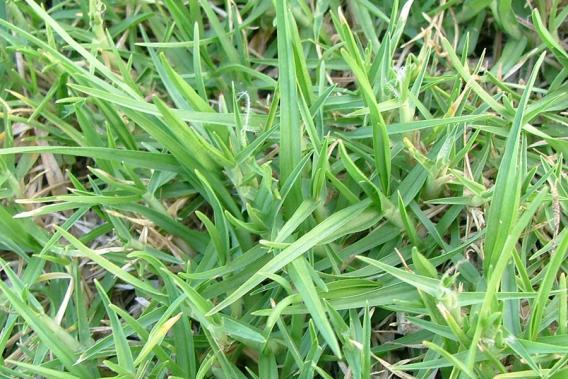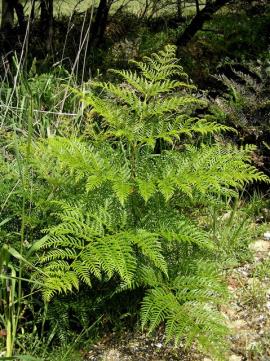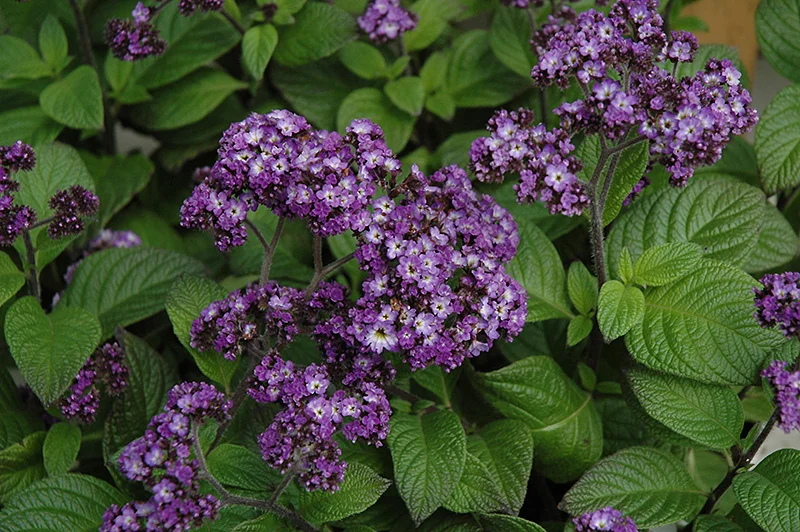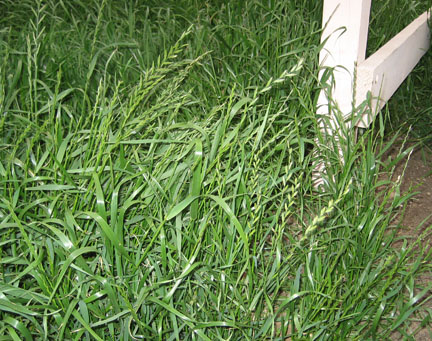EMERGENCY! What To Do In Case Of Flooding
What’s your emergency plan for floods?
What is your flood plan?
Floods are one of the more common natural disasters faced by horse owners. It is estimated that the chance of flooding in flood-plain regions, where a lot of paddocks are, is approximately 1% per year – or 30% chance for the average mortgage time-frame.
Forward planning can greatly reduce the likelihood of emergency evacuation, injury, illness or death of your horse.
There are 2 types of flooding that can occur:
Slow-rising floods: generally occur when a river or water source rises slowly, generally fed from upstream, and can be predicted to reach a certain level
Flash-flooding: occur suddenly when there is a large deluge of rain, melting of icecaps, or the breaking of a dam wall or levee. It is harder to predict the level the flood will rise to as there is little time for calculations or to get alerts out.
Here is a list of actions to consider for your emergency plan:
Prepare your emergency plan in advance
Become familiar with the area, including locations or rivers, creeks, drainage and flooding areas
Have an evacuation plan – whether it’s high ground paddocks, a friends paddock, or the local pony club grounds
Plan to be self-reliant for approximately 3 days – both with your and horses feed, in case you are both cut off from access to services
Have your emergency kit prepared
Have your horses well documented, including markings and brand, for identification purposes
Consider ways to identify your horse should they escape their safe region or washed away in water, including id tags braided into manes or on head collars, or telephone numbers written with Niko on hoofs, or safe body paint (more likely to show on greys or pale markings).
Have an emergency stash of feed and water kept in your float or truck – feed will often be depleted quickly at evacuation centres
Ensure your horse is well trained to be floated so if flood strikes the evacuation is less stressful
If you have to evacuate and leave your horse behind, ensure they are not confined in stables or small yards and have an easy escape route. Horses can swim and can tolerate water up to the belly for periods of time. Leave feed accessible above the ground for the time period you may have to leave.
What is your emergency plan in case of flood? Comment below!
18 Plants Toxic to Horses
Do you know what could kill your horse?
Do you know what plants are growing in your paddock?
Do you know which ones could potentially kill your horse?
There are many poisonous weeds in Australia (and around the world) that are responsible for serious illness and death in horses. Thankfully, these plants are generally not eaten by our equine friends, but in paddocks that are overgrazed, or in drought periods, when feed is low and poor, the likelihood of ingestion of these plants becomes higher.
It is therefore imperative, as horse owners, to be able to identify, control, and remove these weeds, as well as identify the signs of toxicity from ingestion.
Common symptoms of plant toxicity include:
Reduced appetite
Depression
Weakness and lethargy
Nervous symptoms
Colic or diarrhoea
Increased heart rate and breathing rate
Muscle tremors
Staggering or lack of coordination
Head jerking
Blindness
Jaundice
Death
If you suspect your horse has ingested toxic plant materials, contact your veterinarian immediately.
Below are images of the 18 common plants in Australia that cause toxicity in horses. You can get more information and a full guide at www.rirdc.gov.au
Bathurst Burr
Fireweed
Grain Sorghum
Kikuyu
Oleander
Ragwort
Bracken Weed
Flatweed
Heliotrope
Lupins
Paspalum
Perennial Ryegrass
Couch grass
Dandelion
Johnson Grass
Noogoora Burr
Paterson’s Curse
St Barnaby’s Thistle
Looking for more specific content?
Have a question you are seeking answers to? Send us a message and we will create a blog!




